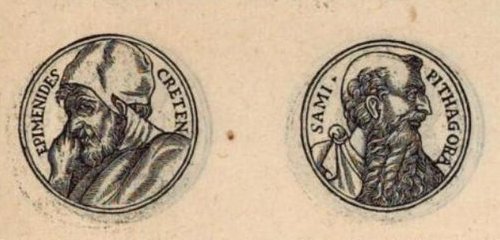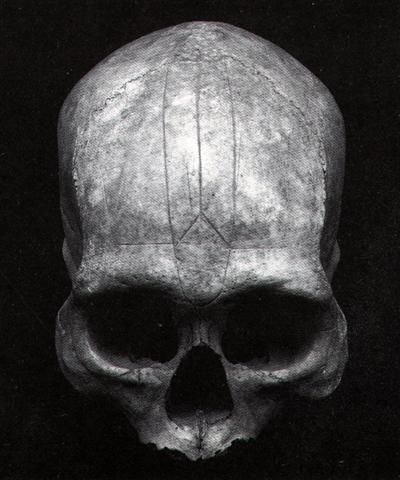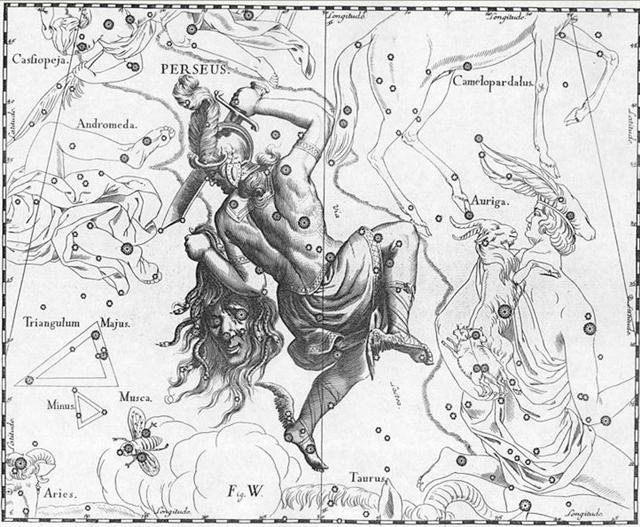Life implies growth and such a process advances slowly. We have to remain calm. And even if a comparison with the C and G texts for the moment appears to lead nowhere there surely will be some progress. My suggestion that 506 (the sum of glyphs on side b of the B text) can be thought of as the difference between 590 (20 * 29½) and 84 (12 weeks) was based on noticing that the number of glyphs on side a was also what looks like a rather trivial sum, viz. 421. Playing with 421 and 506 could result in 50 * 6 = 300 and 4 * 21 = 84. And 6 (in 506) might be due to a reflection from 366, with 21 a similar reflection from March 21 (80, 0h). 84 + 6 = 90 = 364 / 4 - 1 and 300 - 6 = 294 = 590 / 2 - 1. 6 * 10 = (5 + 6 + 7 + 8) * 2 + 9 - 1:
... 584 + 6 = 590 = 20 * 29½. I.e. we can guess the text on side a of the A tablet was related to the Moon and its side b to Venus ...
Considering the fact that a night can be perceived as beginning with its Eve - a nighttime reflection of daytime a.m. (i.e. from sundown to midnight ↔ sunup to noon) - and ending with 'p.m.' or the 2nd half of the night from midnight to dawn, it would not be surprising if the stars corresponding to a specific night were allocated to a pair of glyphs. For instance could my suggested correlation between Ain (*66.7) and Ga1-1 (MARCH 22) represent the nighttime 'Day' (time from midnight to dawn) and the preceding Eve then be represented by the empty glyph place where Hyadum II (*64.2) should be. This idea can then be expanded to interpret for instance the front side (in light) of Perseus, viz. the place for Algenib (α), as a contrast to his left 'dead' side in the dark:
The star τ Arietis, at the tip of the tail of the Sheep,
could thus rather be at Bb11-38 than at Bb11-39 - which glyph surely (haki) gives the impression of dawn having arrived. The pairs of glyphs (→ nighttime) could be ending with Ain, where a pair of 'eyes' (mata) could have been presented together and simultaneously as if in order to make it possible to see in depth (measure the depth):
|
||||||||||||||||||||||||||||||||||||||||||||||||||||||||||||||||||||||












